2016 Big Year: Cape May Pelagic Trip
I’ve only been on one pelagic trip and it was fantastic. And it was also in September when it was warm. So the prospect of going out on my first winter pelagic was a little daunting – I’m not a big fan of the cold and there was potential for it to be frigid 60 miles out into the Atlantic Ocean. But winter pelagic trips are really the best way to see many of the alcids that make their way down into NJ waters in the winter months. So, I sucked up my fear of the cold and signed up – and I’m so glad that I did.
The Early Morning
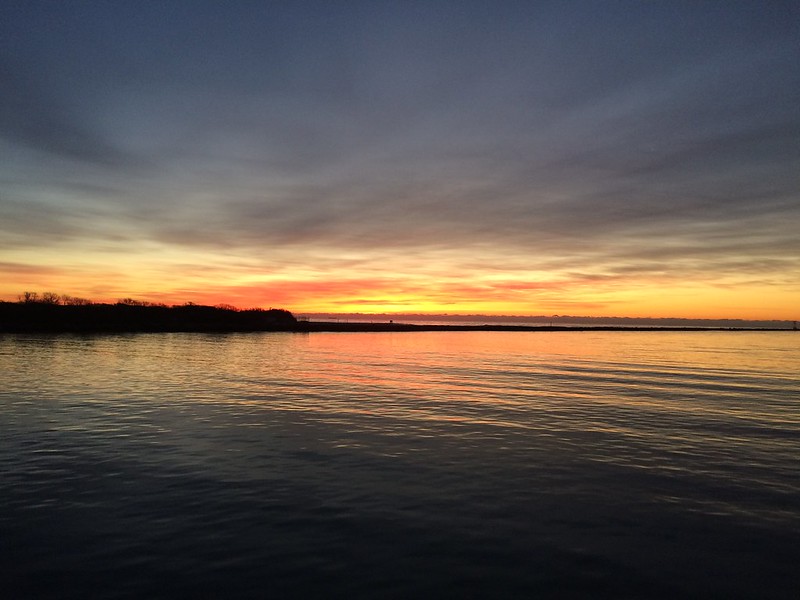
One of the hardest parts of going on this trip was actually the hours – a 6:00 a.m. launch meant that I had to be up at 3:00 a.m. to get down to Cape May in time (well, with time to spare). It was COLD in the morning and the day was supposed to be cold but reaching a high of 42°F – but it was going to be a colder trip out. I was prepared with about 100 layers of clothing, but I was still cold hanging out on the dock. Once we got on the boat I was too excited to stay in the warm cabin, looking into the dawn twilight to see the BUFFLEHEAD flying away from the boat. Some COMMON LOONS and SCAUP were in the harbor as we headed out, along with a few ducks, geese and the like.
Eventually, we left the harbor and it was time to wait until the birds showed up.
The Show Starts
A few miles offshore (5? 10?) the first gull shows up to follow the boat, so the chum starts going into the water. Like magic, more gulls start appearing – a few ring-billed, a couple of great black-backed gulls and a majority of herring gulls. They wheel and land to pick up the tasty chunks of squid being tossed into the water, and their activity starts to draw other birds. A small flock of RAZORBILL fly past in the distance. Someone sees the spout of a whale and we turn to get a better look as it swims through the water – it was ID’d as a MINKE WHALE and I got just enough of a view to be able to match it to the poster in the boat.
Before long, the NORTHERN GANNETS begin to show up – and they put on quite a show! I’ve seen gannets several times but almost always from a great distance where they are just close enough to see the long white wings with black tips and watch their characteristic dives into the surf. Those long looks are now long forgotten as these gannets – there must have been 50 of them through the day – gave us amazing looks throughout the the trip. They were mostly adults but there was at least one 1st winter, a couple of 2nd year and a 3rd year bird thrown in.
As I was watching the show, one of the gulls started to stand out – very pale with almost no markings on the underside of the wing tips. Even with the standard variability of Herring Gulls, this one stood out. I mentioned it to one of the guides and he started taking a closer look, as did a few others. The conversation began and people started thinking we might have a THAYER’S GULL on our hands. It fit most of the marks I mentioned plus had a thinner bill and lighter eyes than a Herring Gull. My first lifer for the trip, I thought – well, it was but it turned out after much inspection (post-trip) to be a KUMLIEN’S ICELAND GULL*. Still a lifer as I had never seen an Iceland Gull either. I’ll take it!
Then the first NORTHERN FULMAR* showed up, wheeling and dipping through the gulls with ease, speeding in past them to get some food. The first one we saw was a light-morph bird and it was beautiful to watch how well they could sink to the back of the crowd and then speed forward to get the best pickings.
The Featured Attractions
But the Iceland Gull was only the beginning of the excitement. In quick succession, I added another pesky ID bird to my list (BLACK-LEGGED KITTIWAKE) and 2 lifer alcids (DOVEKIE* and ATLANTIC PUFFIN*). I had seen a kittiwake down in NC but never had a completely verified sighting – this day would prove it beyond a doubt as there were several kittiwakes all around the boat at different times, including 4 at once. The adult bird was small but held his own against the larger gulls, maneuvering around them and grabbing the pieces of squid. But even better was the fact that other kittiwakes came to the boat to feed – both 1st and 2nd winter birds agilely flying through the wake to feed. (Pictures below: Black-legged Kittiwake (top to bottom): adult, 2nd winter, 1st winter, feeding 2nd winter)
But it was the alcids that were my main goal for the trip, and they didn’t disappoint. Coming in singles and pairs at first, eventually there were DOVEKIE showing up in small and then increasing flocks that were getting ever nearer to the boat and giving us better views of these little ‘northern penguins’. And my excitement was even more stoked when we saw our first puffins – a single adult and then pairs of adults and immature birds. Although not in their emblematic breeding plumage, they were still impressive despite being mostly in the shadows of the boat which made it hard to get a good look at them. But still – another lifer!
Mid-Day
As the day went on, the thrills kept coming. The kittiwakes were following the boat pretty consistently and the dovekies & puffin were showing up again and again throughout the day. Razorbills started showing up in greater and greater numbers and close to the boat. A dark-morph Northern Fulmar came in close at one point.
But the real thrill came when someone exclaimed, “Jaeger!” as a dark shape started harassing the gulls. But the size of the bird and the fact that it was tangling with Great Black-Backed Gulls made the guides question the ID. But what could it be? The bird came in close and suddenly the call went out – “SKUA!!!”, and the whole boat rushed to the stern to get looks. It was a beautiful bird – chestnut brown with the distinctive white chevrons on the underwing, the lighter nape and dark cap. Paul Guris, the trip leader, was practically jumping up and down as he watched it and took pictures. He called it a GREAT SKUA* which we confirmed late – a rarity he had only seen twice before and not since 2000 (there were only 6 records in NJ waters). More than we could have hoped for on this trip!
Heading Back
After a while, the show was down to the birds trailing the boat: the gulls, the gannets and the occasional fulmar coming out of nowhere to make an appearance. Not that I minded – the gannets were still putting on a great exhibition and coming dangerously close to the bow of the boat as they glided effortlessly past.
As the sun was getting lower we had one more thrill to come. We had been joking about all we needed was for a COMMON MURRE and within 10 minutes, there was a single bird in the water, hanging out near the sargasso beds. It was an adult bird moving into breeding plumage and a sight to see – not my first but certainly a great bird to end the day with.
You can see all of the pictures from the trip on my Flickr album.
HIGHLIGHTS
- 5 lifers, 1 state lifer, 9 FOY birds
- 96) Black-legged Kittiwake
- 97) Razorbill
- 98) Kumlien’s Iceland Gull*
- 99) Northern Fulmar*
- 100) Dovekie*
- 101) Atlantic Puffin*
- 102) Great Skua* ABA Code 3
- 103) Common Murre
| 2016 YTD Tally | ||
| 103 | Species – Month | 44 |
| Lifers | 6 | |
| NJ Species | 98 | |
| NJ Lifers | 7 | |
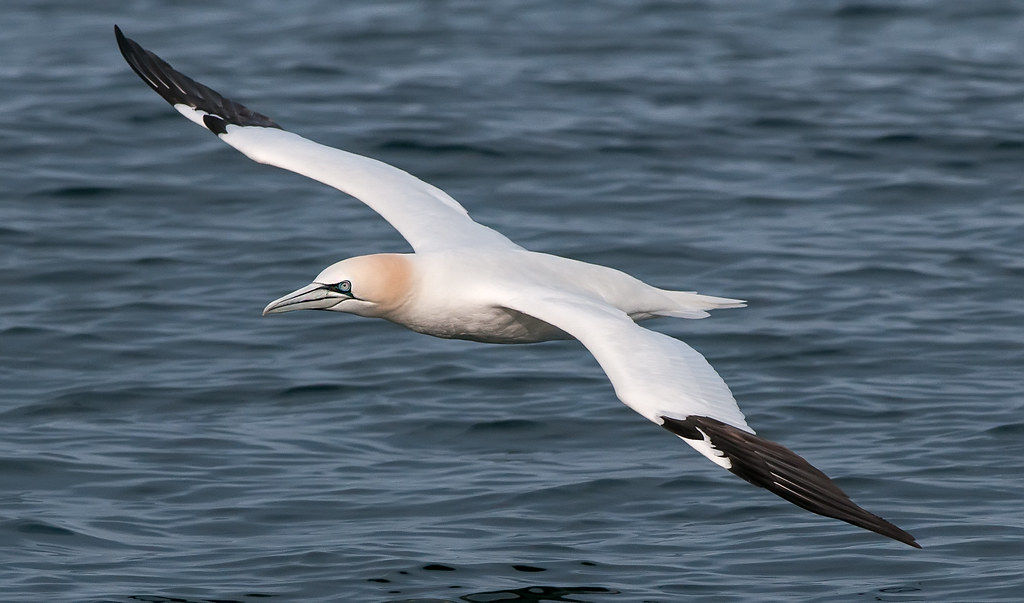
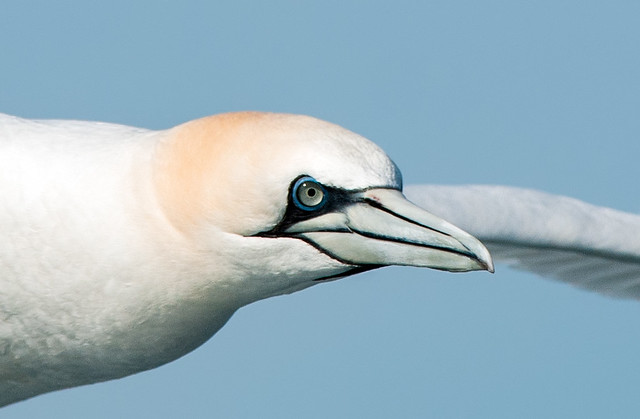
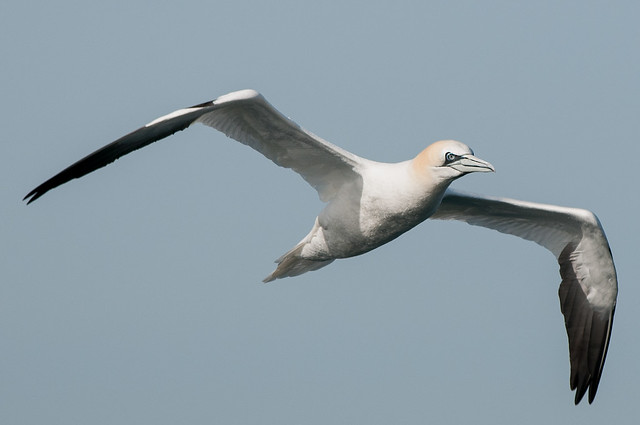
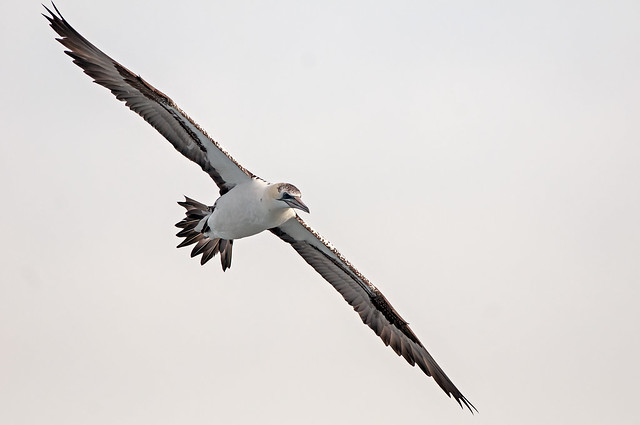

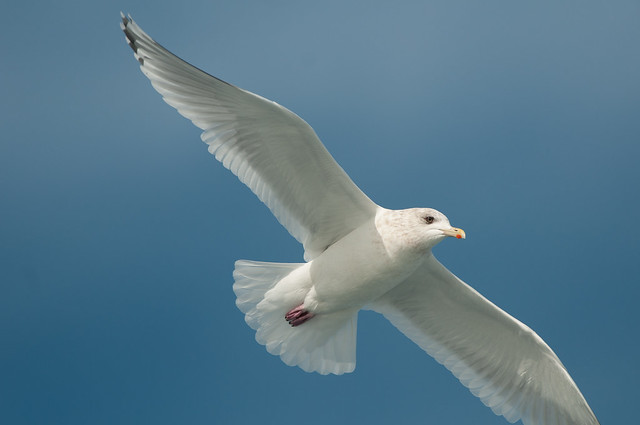

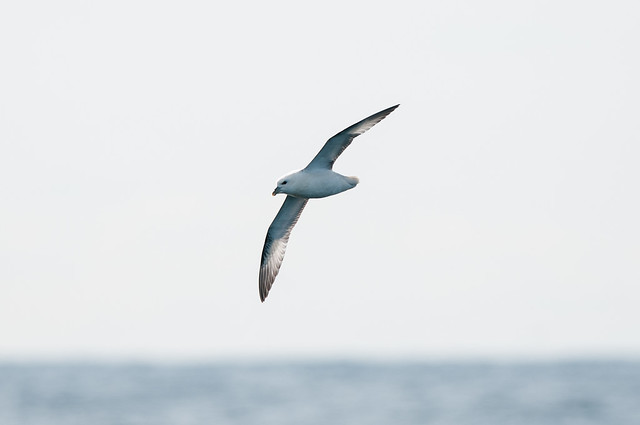
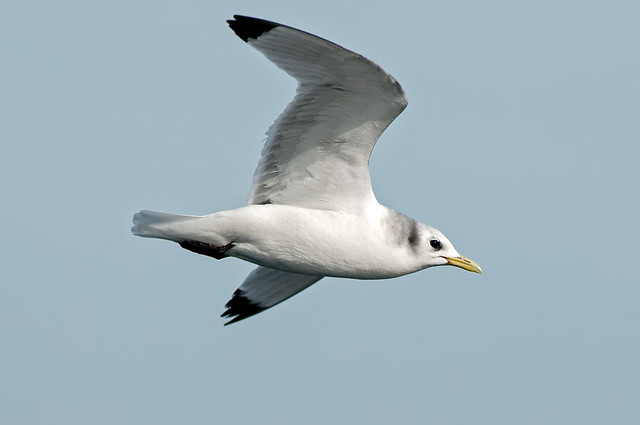
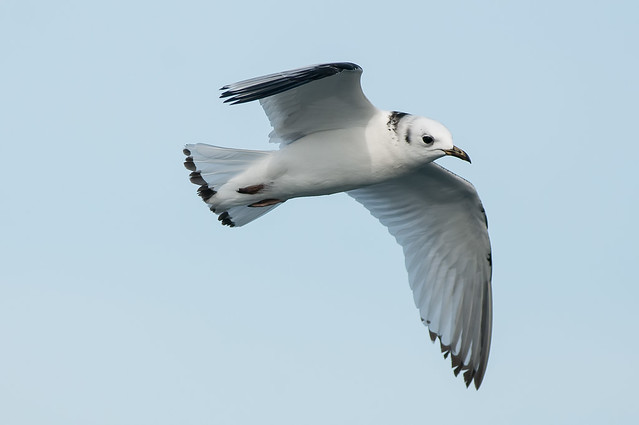


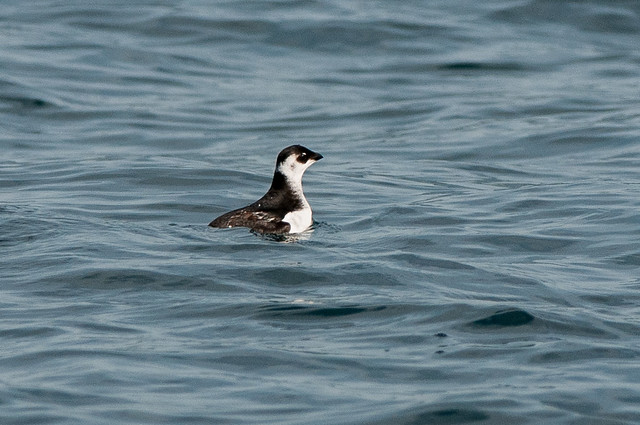
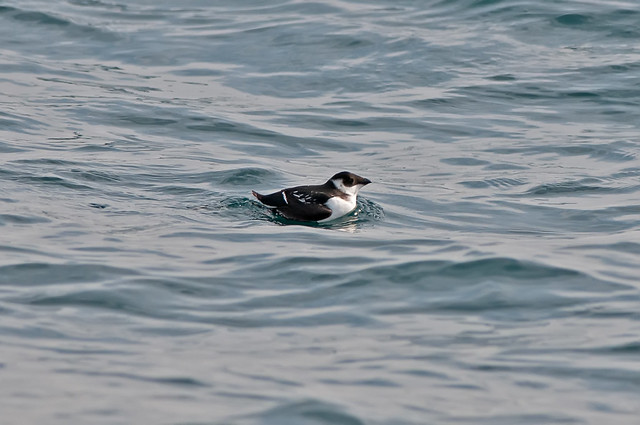

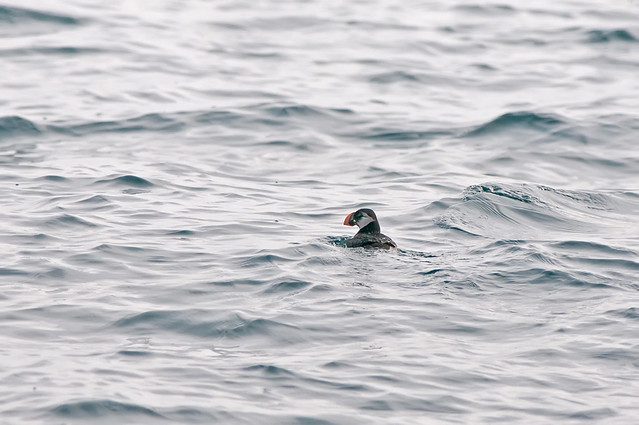
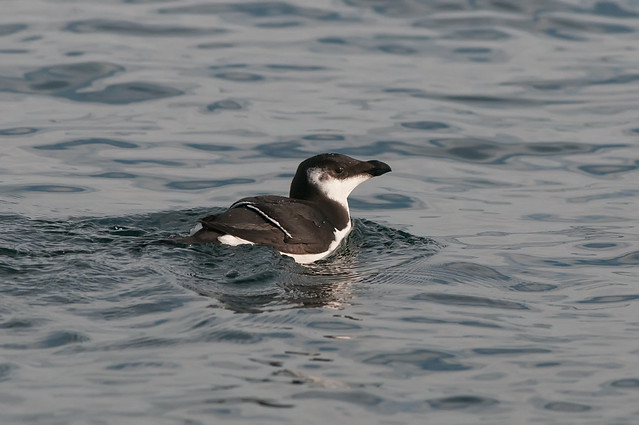
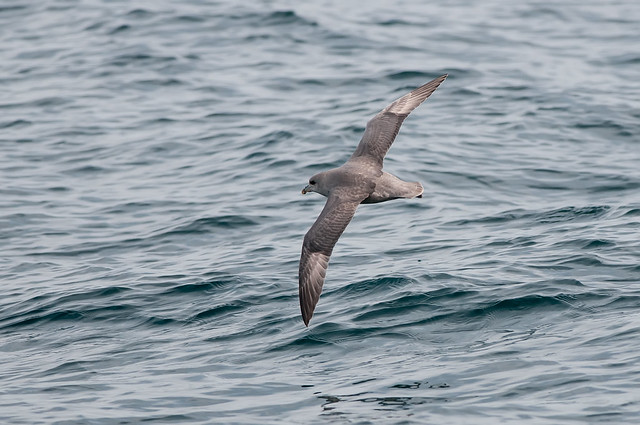
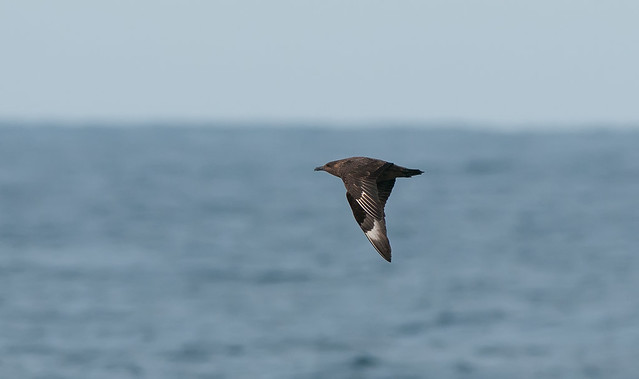
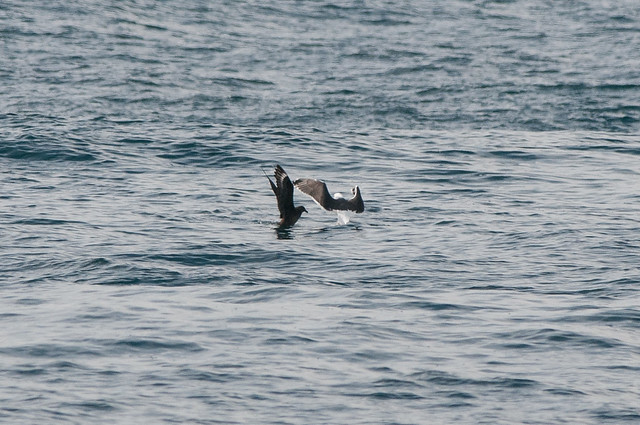
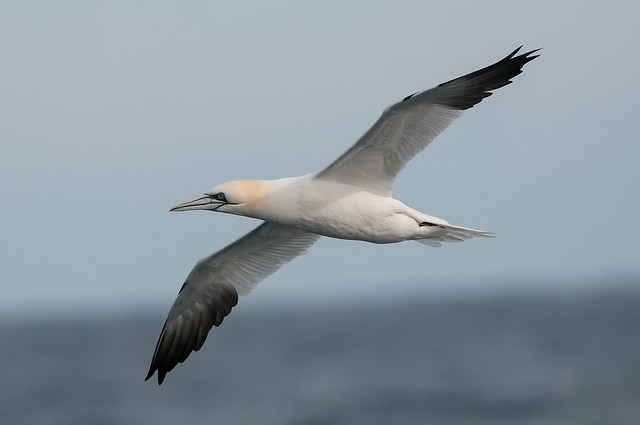

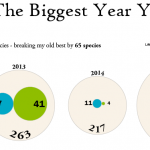 Previous Post
Previous Post